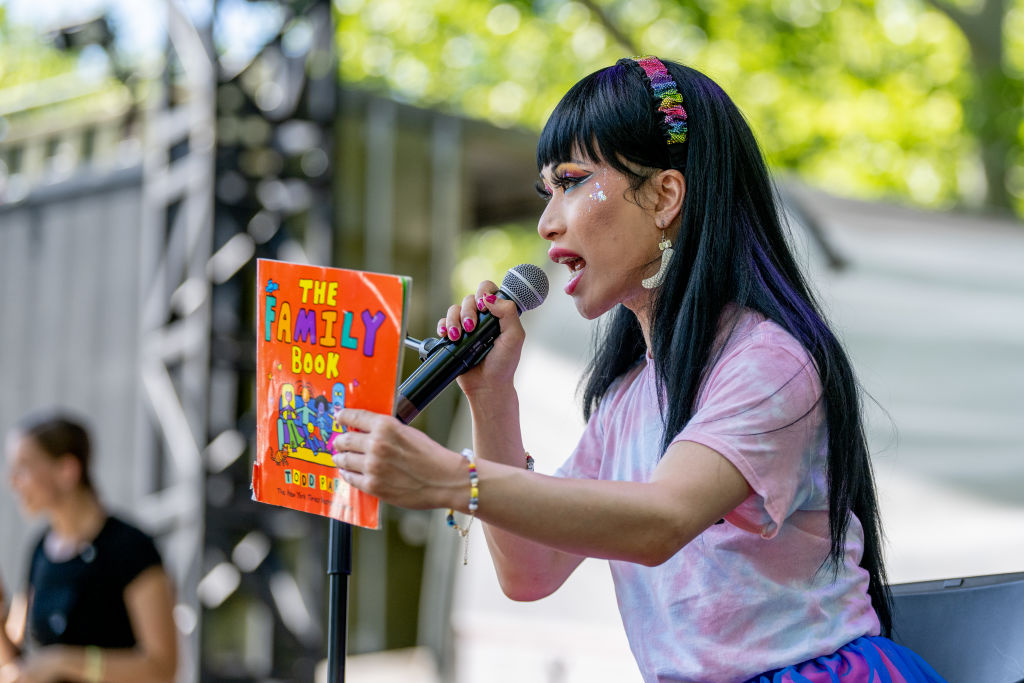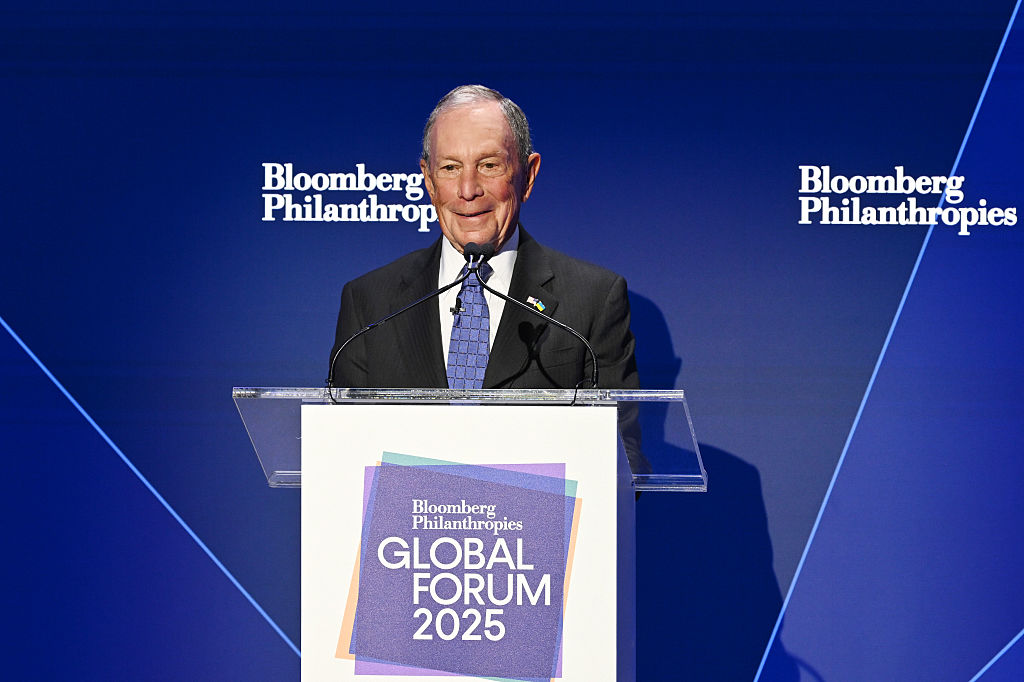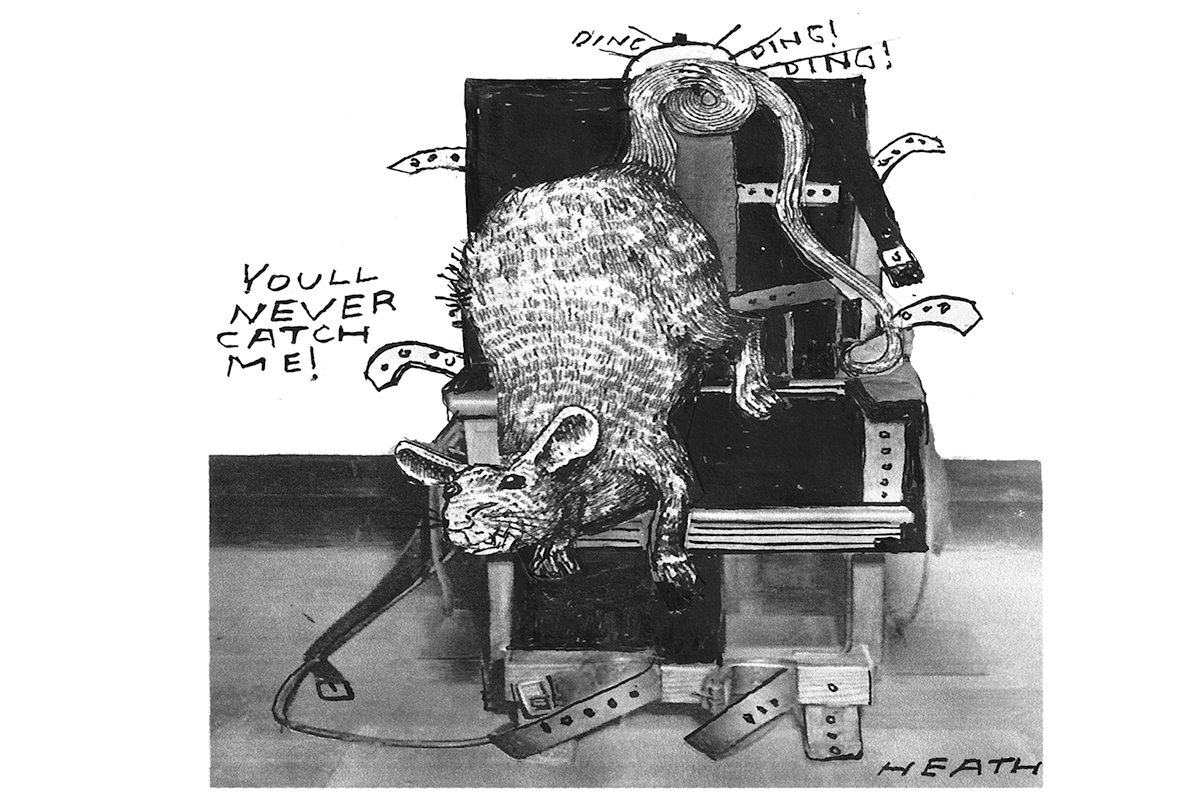The fanfare over “drag queen story hour” has resurfaced again, this time with New York City mayor Eric Adams throwing his support behind the controversial new trend. “Drag storytellers, and the libraries and schools that support them, are advancing a love of diversity, personal expression, and literacy that is core to what our city embraces,” Adams said.
In a metaphysically challenged age such as our own, it can be difficult to recognize the implications of drag, which traces its roots to the phenomenon of the eunuch — the sexual outsider, whose proclivities lie outside the boundaries of the “normal.” Deemed throughout history to hold a symbolic, shamanistic, and even prophetic role, the eunuch has served to remind society that there exists a realm that lies beyond the everyday, that demands us to offer our allegiance to an ontological reality — whether sacred or diabolical — that transcends ourselves.
The eunuch reminds us that one can’t just be “normal.” One can’t just decide to be a “good person” by force of will. God or the devil. The sacred or the diabolical. But for heaven’s sake, not the “normal.”
A brief glance at the history of drag unveils why inviting drag queens to read stories to children in public libraries is a symbolic act, much more than merely “celebrating diversity” or “corrupting the youth.” Drag originated in turn-of-the-century Europe when men impersonated women by dressing in female clothes and performing exaggerated feminine gestures. Often these gestures took on a sexual and exhibitionist flavor, hamming up sexualized images of women. Drag is commonly associated with the broader artistic sensibility known as camp. Camp, as Susan Sontag describes it, is a “love of the unnatural: of artifice and exaggeration.” Drag’s taste for exaggeration transgresses the ideals of normalcy by crossing over the boundaries of “the natural.”
Accordingly, drag is meant to unsettle you. Is he really a man? Why does he look so much like a woman? But do real women actually look like that? What even is a “real woman”? Is anything “real” in the first place? Drag as an art form is meant to be grotesque. It upsets the comfortable complacency of a polite bourgeois society.
Sontag comments that camp “is esoteric — something of a private code, a badge of identity even, among small urban cliques.” Thus why most drag shows take place in underground bars. In the pre-Stonewall era, these venues also served to protect queens from police raids. But even post-Stonewall, the underground, hidden ethos fits the spirit of drag performances — creating an alternate reality that deviates from conventional norms. They are symbolic of what Camille Paglia would call drag’s dark, murky, “chthonian” origins.
This speaks to what philosopher Charles Taylor refers to as the time of the “festive” and spaces of “anti-structure.” In medieval times, events like carnival and saint feasts allowed people to step outside of the confines of ordinary life and into the realm of “anti-structure”— be they oriented toward the sacred or the diabolical. These festivities permitted people to express a range of emotions and to act in a variety of ways that there was little space for in ordinary, daily affairs. Public libraries are not exactly spaces of “anti-structure,” and thus are hardly conducive to the ethos of drag. Often drably decorated, and funded by “the system,” public libraries are decidedly un-fabulous. Not to mention the lack of dramatic lighting and a blaring sound system, both of which are essential to a drag show.
Drag queens’ costumed persona holds up a mirror to us all. It reveals a difficult truth behind the façade of our bourgeois complacency. However much society attempts to fit us into an orderly mold, humanity is caught up in the snare of a messy, Dionysian force that urges us to pursue something beyond the temporal realm. That force, when released from repression, puts us in tension with the sinful, the socially unacceptable, the unnatural — lashing out in acts of destruction, violence, and sexual licentiousness…but simultaneously putting us in tension with the transcendent, the sacred, and the holy.
The counterpart to the unholy sexual deviant is that of the holy eunuch. Or as Marc Andre Raffalovich put it in the late 19th century, the “superior invert.” The holy eunuch participates in the larger ascetic tradition of vowed celibacy, which itself deviates from social norms, those of both pagan decadence and bourgeois polite society. As historian Peter Brown points out in his The Body and Society, the virgin embodies its own deviant narrative of sexuality, deviating from the ways of the World, that is. The eunuch’s (which I would assert includes what we today would call the intersex, same-sex attracted, gender dysphoric, etc.) abnormal condition, when subjected to the will of God, speaks to the fact that human sexuality is ultimately ordered not just to earthly pleasure and the preservation of the human race, but to communion with God.
Whether “superior” or “inferior,” the invert tears us out of the cozy illusion of self-sufficiency and reminds us that we are destined for more than mere complacency. Whether he chooses to affirm the order of Nature or to walk against it, his mere existence is a sign of the existence of a realm that transcends the temporal order.
Expressivist readings of drag like that of Mayor Adams papers over the cosmic implications of drag as an art form. It speaks to the flattened, disenchanted worldview spawned by secular humanism, which allows little space for experimental deviation from the norm and instead codifies deviancy as normal. Drag was never meant to be a neutral form of self-expression. Adams’s rhetoric empties drag of the transgressive charge that constitutes its very essence. Both those who are fans of drag shows and those who are morally scandalized by them would do well to look beyond their reactionary positions and take drag seriously on its own terms.
Stephen G. Adubato studied moral theology at Seton Hall University and currently teaches religion and philosophy in New Jersey. He is also the host of the “Cracks in Postmodernity” blog and podcast.

























